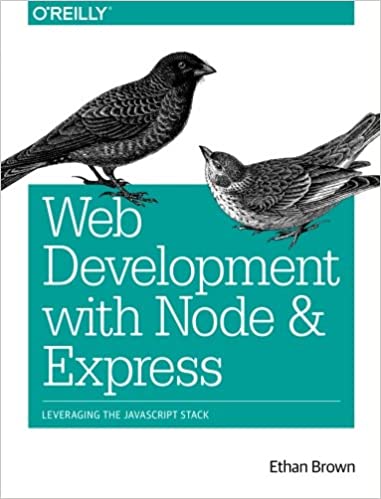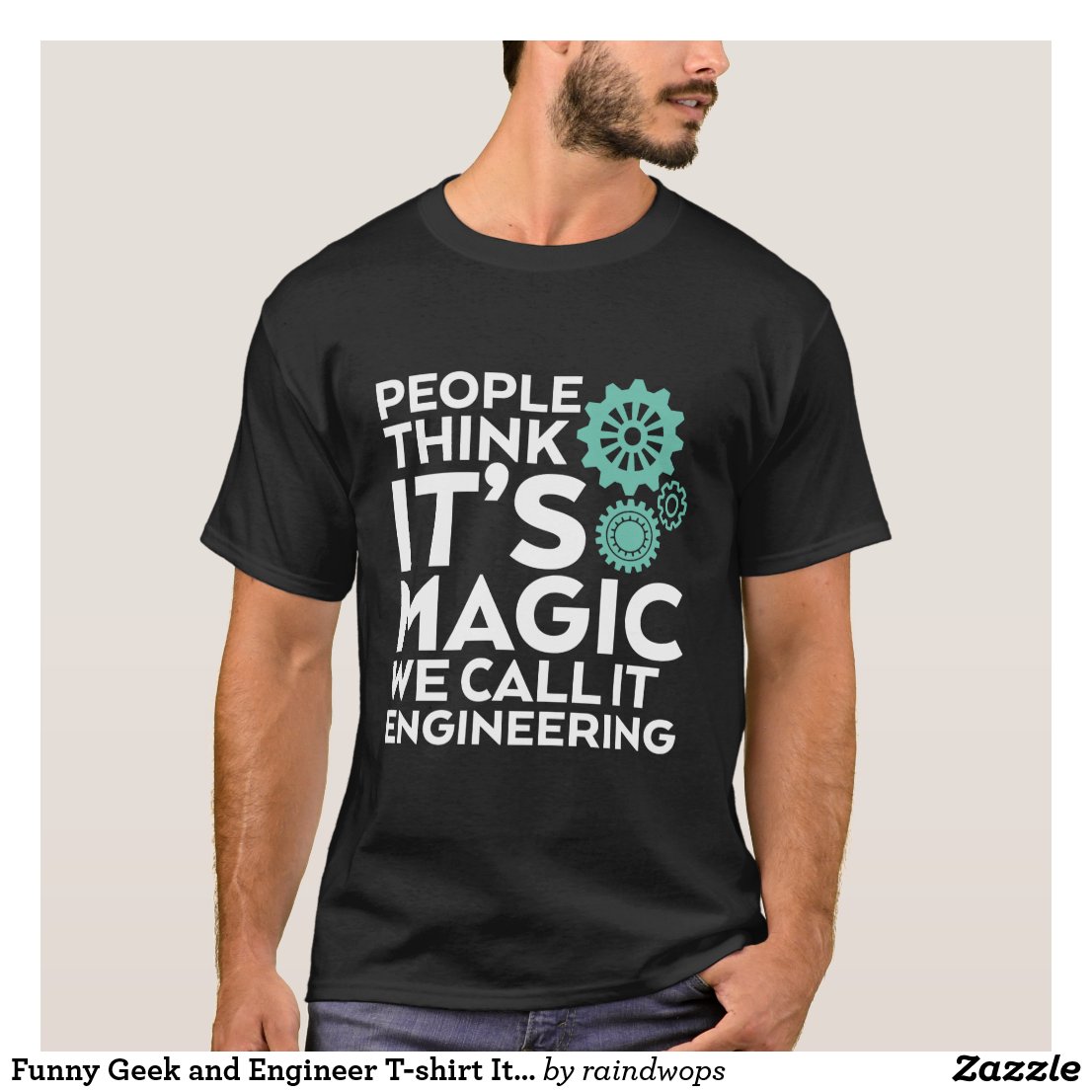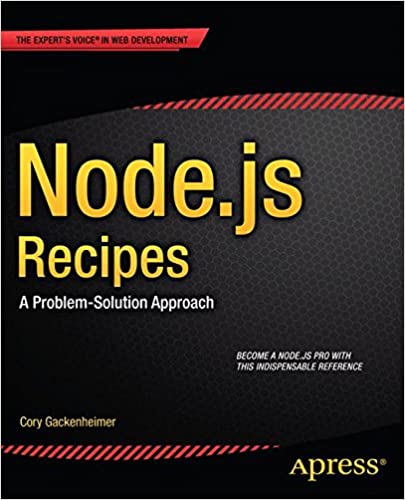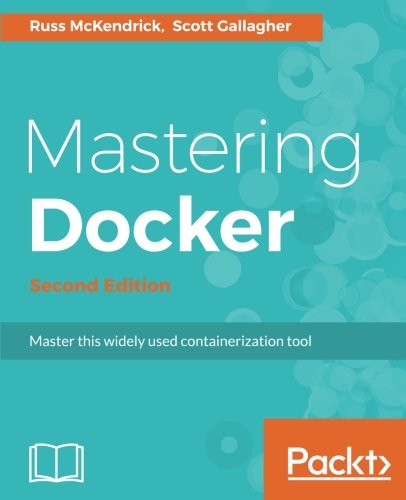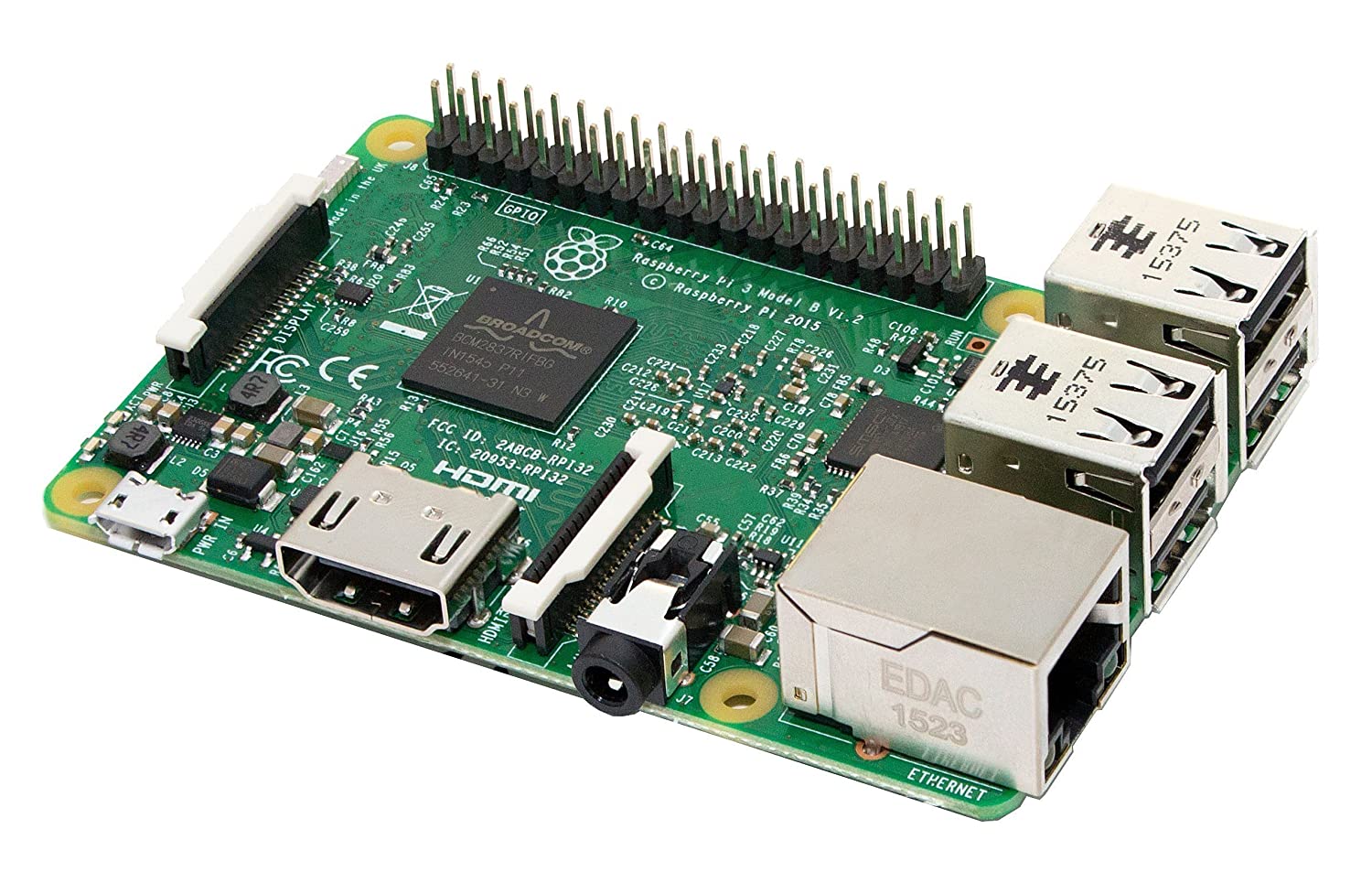; Date: Sat Mar 24 2018
Tags: Windows »»»» Open Source »»»»
Microsoft's Windows operating system family seems ubiquitous today, but that wasn't always the case. Windows was introduced in the 1980's, and computers of various kind date back to the 1950's. That means a whole lot of computer history predated Windows.
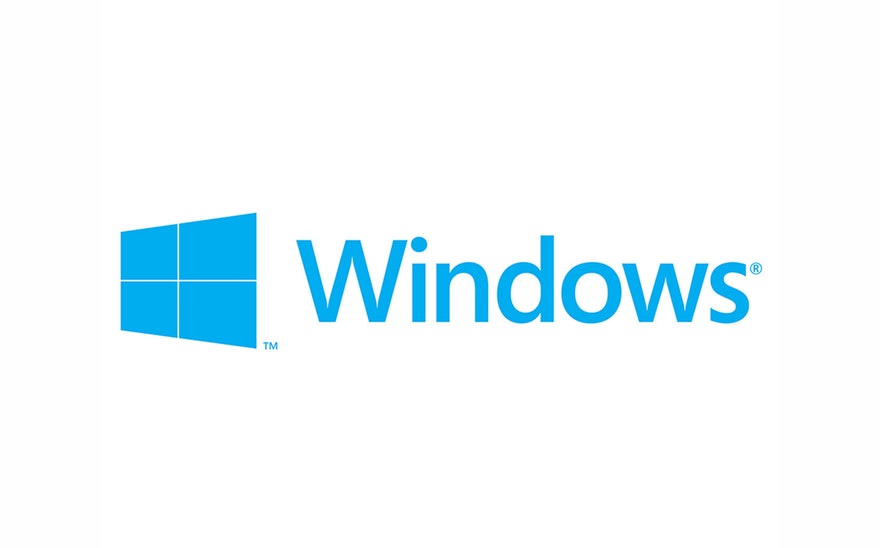
Desktop computers
Since Windows is a "desktop" operating system let's start in this field.
Apple MacOS The Macintosh was introduced prior to Microsoft Windows, and ran MacOS. This system ran on 68000 family processors and was epitomized by the famous Mac box. Over time Apple developed this to support a fairly wide range of computer types including laptops.
Apple II, IIc, IIe, etc Apple's earlier computers, the Apple II line, also had an operating system for which I don't know the name. The computers used the 6502 processor and were limited to 64 kilobytes of memory. That's kilobytes, not megabytes. You younguns don't know how good you have it.
Commodore AmigaDOS This line of 68000 based computers were very advanced for the time period. It was a fully multitasking operating system with lots of modern design elements and an awesome graphics system (for its time). Unfortunately the Amiga was the odd-man-out in the war between Mac and Windows and it eventually was left in the trashcan of history.
Commodore 64 What made Commodore so famous was the C64, a small computer akin to the Apple II, and also based on the 6502 processor. It ran a built-in BASIC interpreter in which users wrote games or other programs.
Atari ST Another computer left in the trashcan of history is the Atari ST. I don't remember much about this except that it also supported a 68000 processor and some kind of advanced OS capabilities.
Atari Like Commodore, Atari had an earlier computer that ran BASIC programs. Don't remember much about this.
Radio Shack TRS-80 This Z80-based computer had a built-in BASIC interpreter. Where the C64 and Atari computers were primarily for games, the Apple II and TRS-80 were also intended for more serious uses.
Radio Shack Color Computer This series of 6800-based computers were sort of cousins to the TRS-80 even though they weren't compatible. The CoCo was more like the games-oriented computers than the TRS-80. The Color Computer 3 had a more advanced processor, and the operating system was somewhat more advanced.
OS-9 This was a DOS-like operating system built for 6809-based computers, the 6809 being a more capable processor than the 6800. Among the computers it supported was the CoCo3.
CP/M This precursor to MS-DOS was built for the 8080 processor, and ran on a wide variety of 8080-based computers.
MS-DOS This operating system was designed for the IBM PC, and initially supported the 8088 processor, and was later upgraded as Intel/AMD produced more and more processors. It was directly derived from CP/M.
Mini-Computers
Few of the above computers were meant for professional use, except for CP/M and MS-DOS. There would be a wide range of professional mini-computers and associated operating systems.
Digital Equipment Corporation - RT-11 DEC had a wide range of computer systems, most of which were called Mini-Computers as opposed to the Mainframe computers from other companies. RT-11 ran on the PDP-11 processors and was a trimmed-down operating system meant for real-time control. CP/M was meant to be architecturally akin to RT-11.
Digital Equipment Corporation - RSTS This OS also ran on the PDP-11 processors, and was a time-sharing system meant to be used by several people at once.
Digital Equipment Corporation - RSX This OS also ran on PDP-11 processors, and IIRC was also a time-sharing system, but I know very little.
Digital Equipment Corporation - RT-8 For DEC's PDP-8 processors, this was the OS.
Digital Equipment Corporation - VMS When DEC made the jump to 32-bit processors they developed the VAX platform. DEC's preferred operating system was VMS, and was a very advanced multitasking general purpose operating system.
PR1ME Computer PR1MOS Another Mini-computer maker, PR1ME Computer, made the PR1ME computers, also a large scale 32-bit computer system. The operating system was akin to VMS but it had lots of rather strange features.
Wang Computers These computers primarily ran a suite of document editing/processing software applications.
Unisys Computer company that made minicomputers, don't remember much -- except that when AT&T's computer strategy was failing, they bought Unisys.
Multics This operating system was a joint venture of MIT, Bell Labs, General Electric, and Honeywell. It apparently had lots of advanced features but was more successful in the OS it inspired.
Unix Unix was inspired by Multics, and was developed by Bell Labs researchers who grew frustrated and disenchanted with Multics. Where Multics was extremely complex, Unix was rational and straight-forward. As a result Unix became extremely popular. While it was originally developed by AT&T, it was licensed out to lots of computer companies who went to make their own derivatives of Unix. Most Unix derivatives have fizzled and to a large degree the primary replacement is Linux.
Mainframes
DECSystem 10 Digital Equipment also went into producing Mainframe computers. The PDP-10 series was a 36-bit processor with gobs of capabilities. The DEC-10 I used in college was connected to Universities across the entire state of Kentucky.
DECSystem 20 This upgrade to the PDP-10, the PDP-20, also engendered a more advanced version of the OS. I never got to use one, so don't know much about it.
OS/360/370 IBM's mainframes ran a virtualized operating system called OS/370. I don't know much about it other than having to learn how to create punchcards in a keypunch machine, and run the card deck at a card reader, waiting for output at the line printer. It was all very massive.



